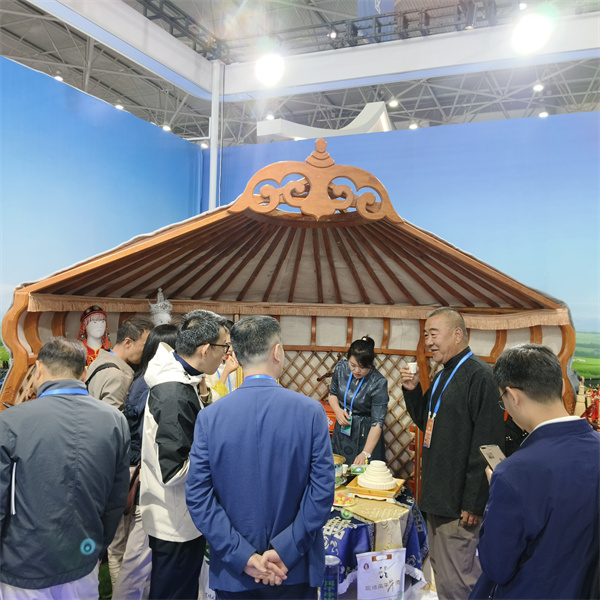Yurt culture continues to stand the test of time
Brothers restore and manufacture nomadic structures to include modern updates, giving public a peek into history, Yang Feiyue reports.
By Yang Feiyue | China Daily | Updated: 2024-11-02 10:38

In the Western Han Dynasty (206 BC-AD 24), writer Huan Kuan described the yurt in Discussions on Salt and Iron (Yantie Lun) as woven willow forming the structure, with felt used to cover the roof.
During the Yuan Dynasty (1271-1368), Mongols elevated yurt-making to unprecedented heights, as recounted by Southern Song Dynasty (1127-1279) official Peng Daya in a document.
Recounting Peng's experiences during a visit to the Mongols, the work depicted two types of yurts. One was foldable and used willow as the frame. It was covered with felt and had a door at the front and a top resembling umbrella ribs, as well as an open vent.
The other type featured willow woven into rigid hoops secured by felt, and cannot be folded. It was normally loaded onto carts and moved when a pasture was exhausted.
























